Circuit Breakers

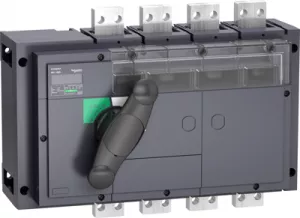
Order No.:
01P4018
Manufacturer SKU:
31365


Order No.:
01P4019
Manufacturer SKU:
31366

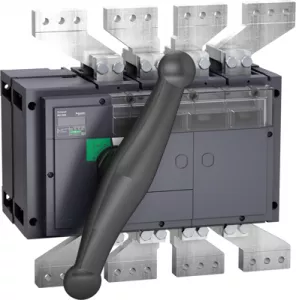
Order No.:
01P4020
Manufacturer SKU:
31367

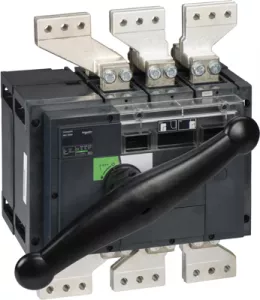
Order No.:
01P4021
Manufacturer SKU:
31368

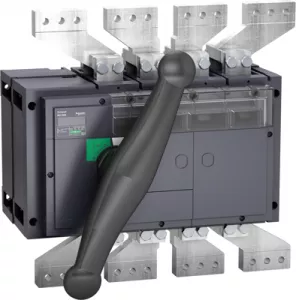
Order No.:
01P4022
Manufacturer SKU:
31369

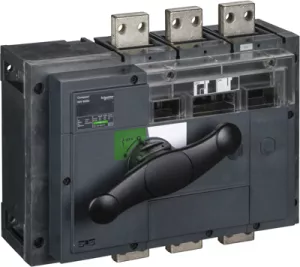
Order No.:
01P4023
Manufacturer SKU:
31370

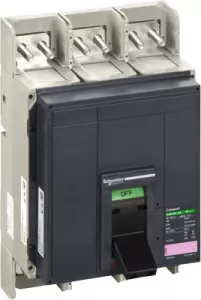
Order No.:
01P4231
Manufacturer SKU:
33440

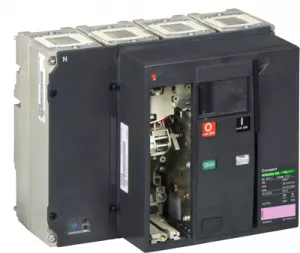
Order No.:
01P4232
Manufacturer SKU:
33441

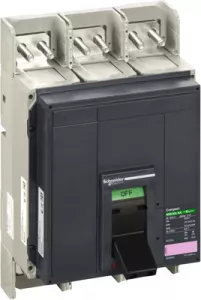
Order No.:
01P4233
Manufacturer SKU:
33442

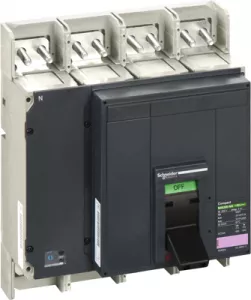
Order No.:
01P4234
Manufacturer SKU:
33443

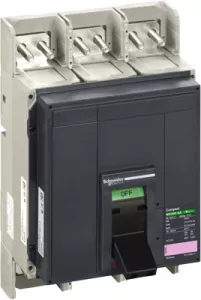
Order No.:
01P4235
Manufacturer SKU:
33444


Order No.:
01P4236
Manufacturer SKU:
33445

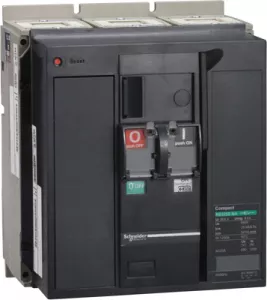
Order No.:
01P4237
Manufacturer SKU:
33446

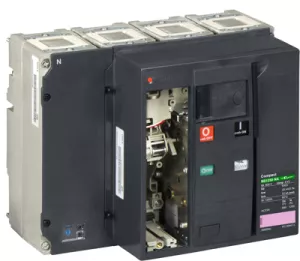
Order No.:
01P4238
Manufacturer SKU:
33447

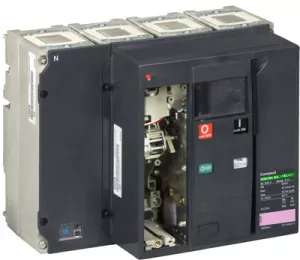
Order No.:
01P4242
Manufacturer SKU:
33451

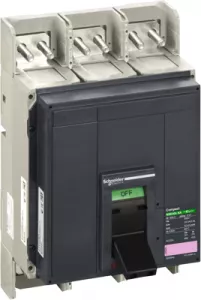
Order No.:
01P4243
Manufacturer SKU:
33452

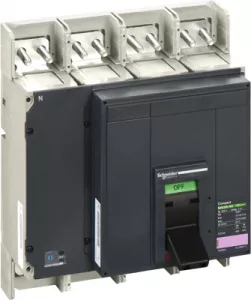
Order No.:
01P4244
Manufacturer SKU:
33453

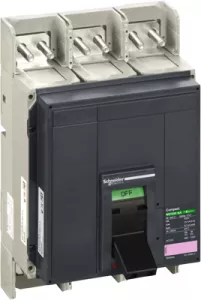
Order No.:
01P4245
Manufacturer SKU:
33454

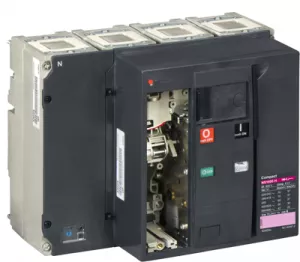
Order No.:
01P4246
Manufacturer SKU:
33455

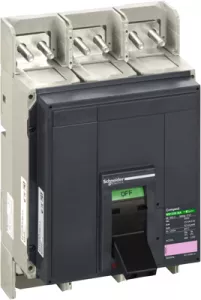
Order No.:
01P4247
Manufacturer SKU:
33456
Safety guaranteed: Functions and advantages of switch-disconnectors
Circuit breakers are used to protect electrical circuits by automatically switching off in the event of an overload or short circuit. They can be switched back on, eliminating the need for one-way fuses. Switch-disconnectors, on the other hand, specialize in safely isolating electrical circuits from the power supply.
Unlike circuit breakers, switch-disconnectors do not perform a protective function, but merely ensure safe isolation as well as prevention of accidental switch-on. Both electromechanical components are indispensable in electrical installations and in the energy sector, with circuit-breakers primarily ensuring the protection of installations, while switch-disconnectors are used for maintenance and repairs.